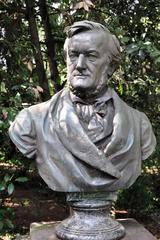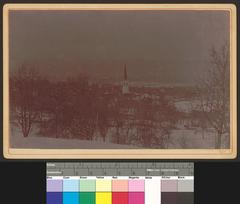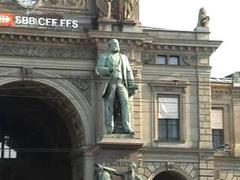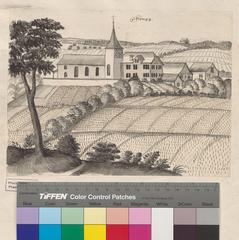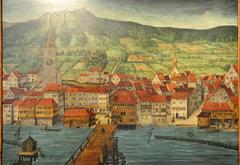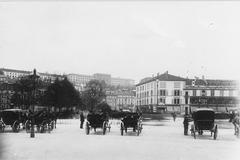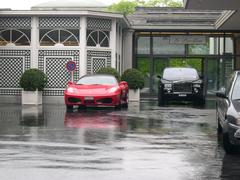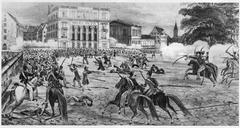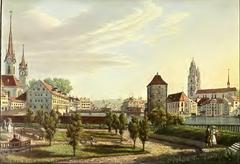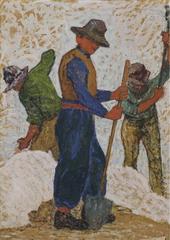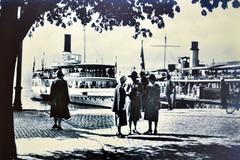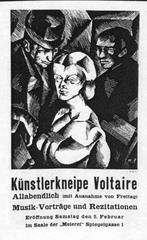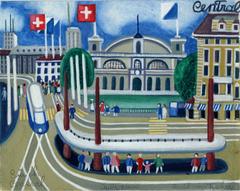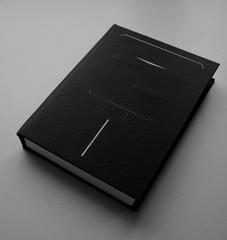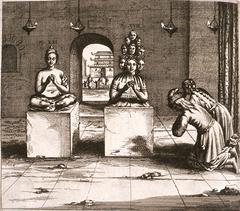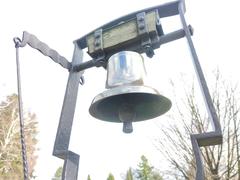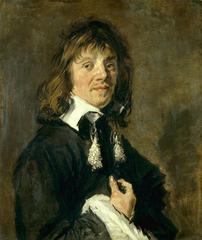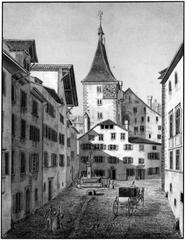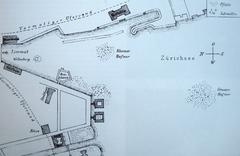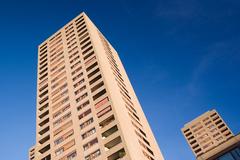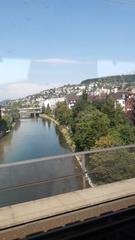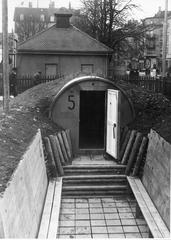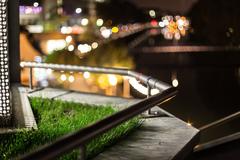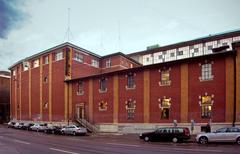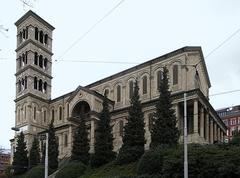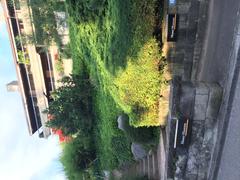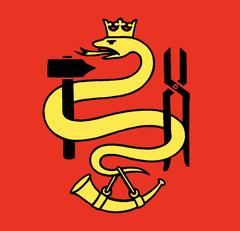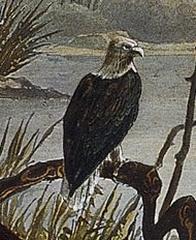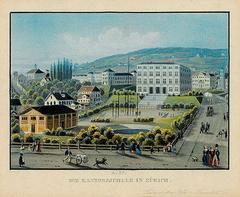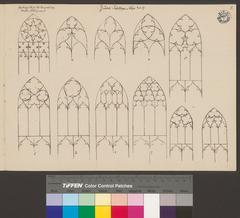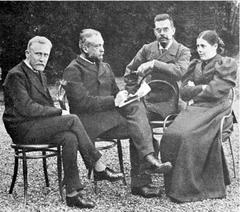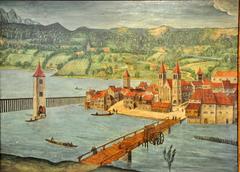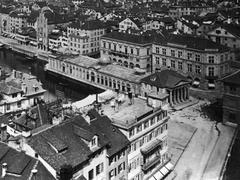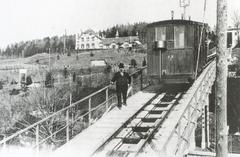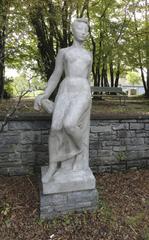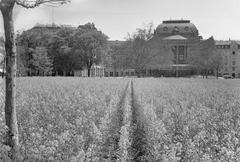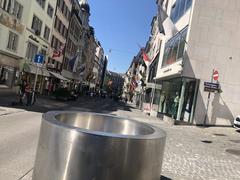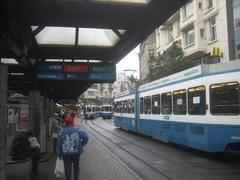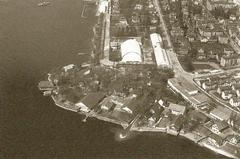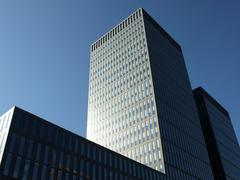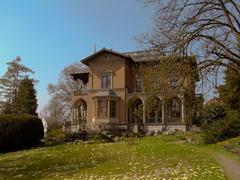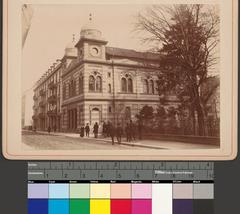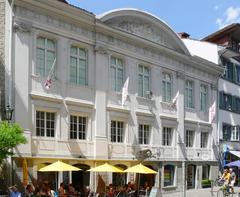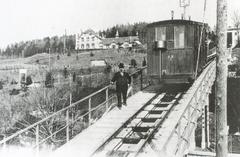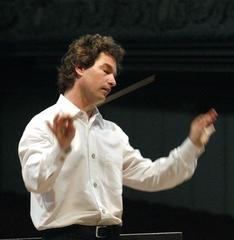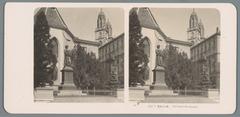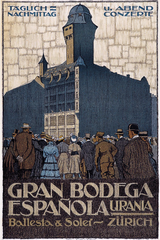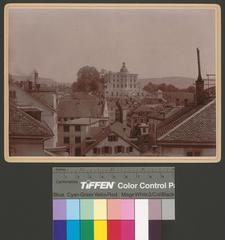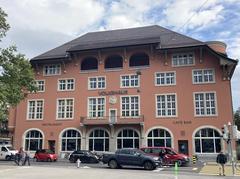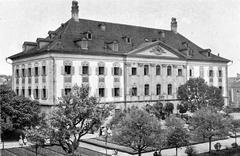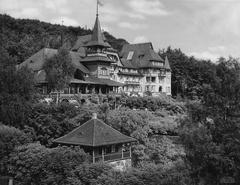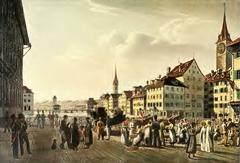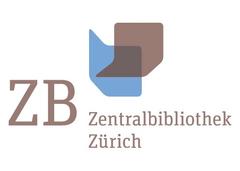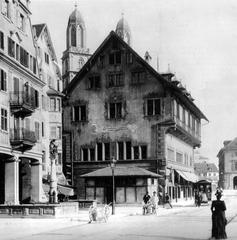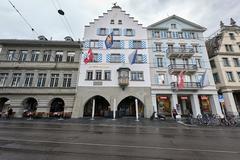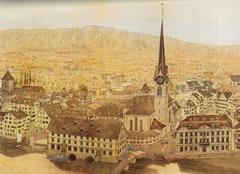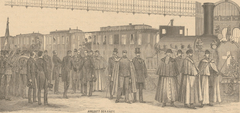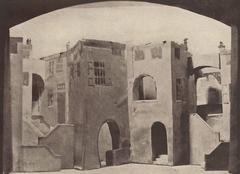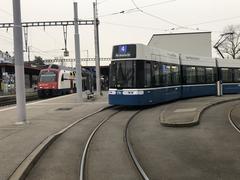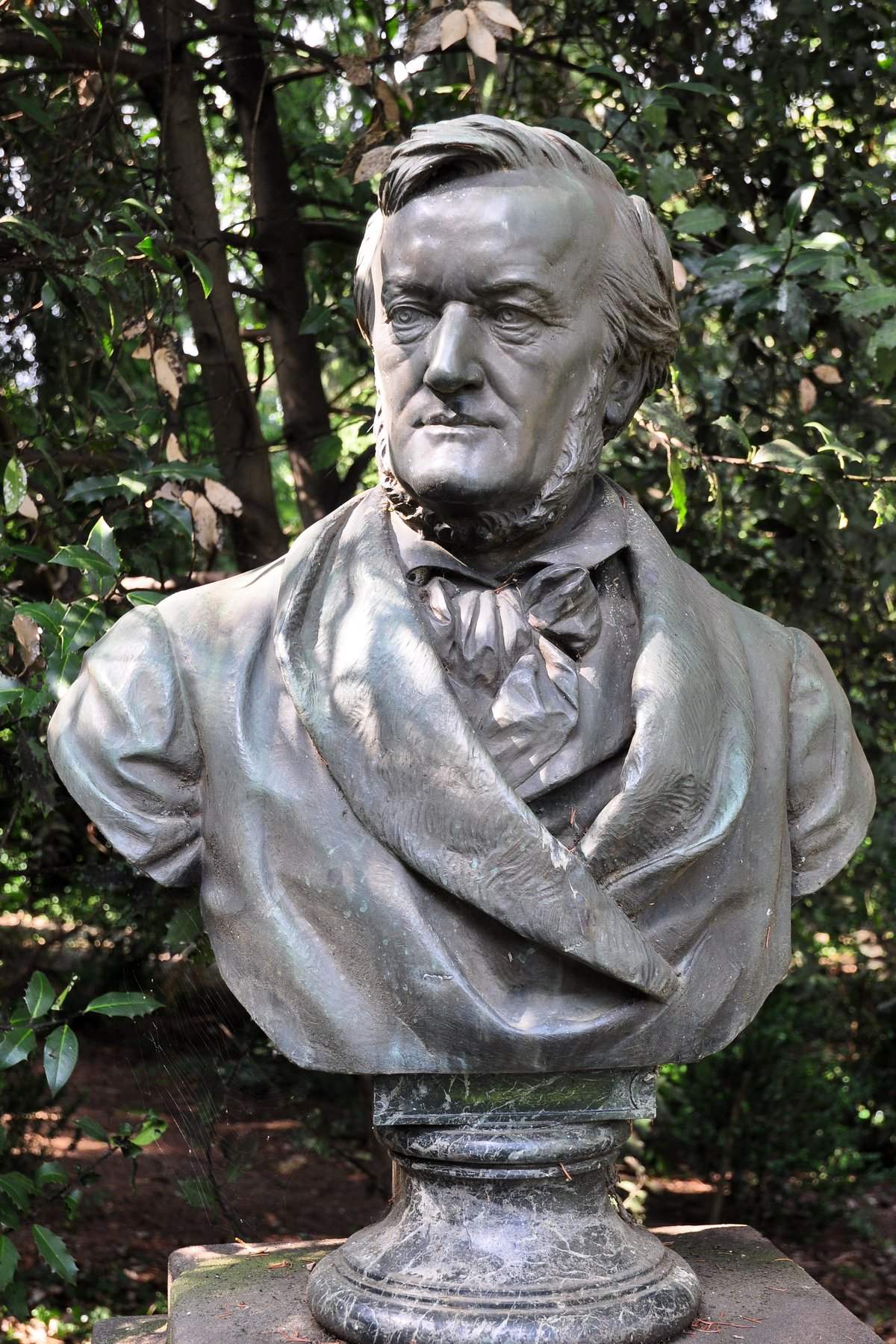
Visiting the Bust of Richard Wagner in Zürich, Switzerland: Complete Guide
Date: 14/06/2025
Introduction: Wagner’s Legacy in Zürich
Zürich is inextricably linked to the life and work of Richard Wagner, the revolutionary 19th-century composer whose years of exile in the city (1849–1858) were pivotal to his artistic evolution. Fleeing political persecution after the failed Dresden May Uprising, Wagner found a haven in Zürich—a city that nurtured his creativity and became the backdrop for some of his most influential compositions and writings. Today, Wagner’s presence is still felt in Zürich through a network of historic sites, most notably the Bust of Richard Wagner in the garden of Villa Schönberg.
This comprehensive guide explores the history and cultural significance of the Wagner bust, offers practical tips for visiting, and highlights related attractions and resources to enrich your experience. Whether you are a music lover, history buff, or cultural traveler, this guide equips you to appreciate Wagner’s Zürich legacy in depth.
For further context on Wagner’s exile and creative output, consult the Zürich Opera House, Zentralbibliothek Zürich, and The Zurich Affair – Wagner Locations.
Contents
- Wagner’s Exile in Zürich: Historical Background
- Key Richard Wagner Sites in Zürich
- Bust of Richard Wagner: Description, Location, and Visiting Information
- Cultural and Artistic Significance
- Visitor Experience: Hours, Tickets, Accessibility, and Tips
- Nearby Attractions and Events
- FAQs
- Conclusion and Resources
Wagner’s Exile in Zürich: Historical Background
In 1849, Richard Wagner fled his native Germany after his participation in the Dresden May Uprising made him a political fugitive. With the assistance of Franz Liszt, Wagner sought refuge in neutral Switzerland—specifically Zürich. His exile marked a period of extraordinary creative output: here, he conceived the monumental “Der Ring des Nibelungen,” composed parts of “Tristan und Isolde,” and wrote influential theoretical works like “Das Kunstwerk der Zukunft” and “Oper und Drama” (SRF, UZH News).
Zürich’s intellectual climate and political openness provided Wagner with both sanctuary and inspiration, making the city a crucible for his new ideas about opera, art, and society.
Key Richard Wagner Sites in Zürich
- Zürich Opera House (Sechseläutenplatz): A hub for Wagner performances and home to his commemorative bust. Guided tours are available; advance booking is advised. (Zürich Opera House)
- Zum Abendstern (Lavaterstrasse 76, Enge): Wagner’s former residence, where he wrote “Eine Mitteilung an meine Freunde.” Exterior viewing only.
- Vordere Escherhäuser (Zeltweg 11): Another of Wagner’s Zürich addresses; viewable from outside as it is private property.
- Zentralbibliothek Zürich: Repository of Wagner manuscripts and original documents. Open Monday to Saturday; free entry for public areas. (Zentralbibliothek Zürich)
Bust of Richard Wagner: Description, Location, and Visiting Information
Description and Setting
The Bust of Richard Wagner is a lifelike bronze sculpture set on a simple stone pedestal, depicting Wagner’s intense gaze, high forehead, and characteristic attire. Its realistic style pays homage to 19th-century portraiture. Nestled beneath mature ginkgo trees in the garden of Villa Schönberg (Gablerstrasse 14, 8002 Zürich), the bust offers a tranquil spot for contemplation (The Zurich Affair – Wagner Locations).
Exact Location
- Address: Gablerstrasse 14, 8002 Zürich (Enge district)
- Getting There: Tram lines 6 or 7 to “Museum Rietberg” stop; a short walk from the tram.
- Setting: The bust is in a quiet garden, near the Museum Rietberg and Rieterpark, surrounded by greenery and close to Lake Zürich.
Visiting Hours and Accessibility
- Hours: Open year-round, 24/7 as an outdoor monument.
- Admission: Free; no tickets required.
- Accessibility: Paths are mostly even and wheelchair accessible, though some areas may be uneven.
Visitor Etiquette
- Photography is encouraged, especially during daylight hours.
- Maintain a respectful atmosphere; avoid noise and climbing on the monument.
- Please dispose of litter responsibly.
Cultural and Artistic Significance
The bust is more than a commemorative sculpture: it is a symbol of Zürich’s role as a sanctuary for exiled artists and intellectuals. Wagner’s time in the city was marked by both creative breakthroughs and personal controversies, including his relationship with Mathilde Wesendonck and his radical ideas about art and politics (UZH News – Wagner Manuscript). The monument is a focal point for both celebration and critical reflection on Wagner’s complex legacy.
Organizations such as the Schweizerische Richard Wagner-Gesellschaft (SRWG) continue to promote Wagner’s work in Zürich, and the city regularly hosts concerts, exhibitions, and tours related to his life (SRWG).
Visitor Experience: Hours, Tickets, Accessibility, and Tips
Visiting the Bust
- Best Times: Spring through early autumn for pleasant weather and vibrant gardens.
- Admission: Free, no reservation required.
- Public Transport: Ensure you have a valid Zone 110 ticket when using trams or buses (myswitzerland.com).
- Guided Tours: Themed city tours, such as “City Tour: Richard Wagner in Zürich,” offer in-depth context and often include the bust as a highlight. Advance booking is recommended; prices from CHF 25 (Zürich Tourism).
On-Site Amenities
- Benches and shaded areas are available.
- Nearby restrooms, café, and a gift shop can be found at Museum Rietberg.
- The area is family-friendly with parks and picnic spots.
Nearby Attractions and Events
- Museum Rietberg: World-class collection of non-European art, housed in a villa associated with the Wesendonck family.
- Rieterpark: Expansive parkland ideal for strolls before or after your visit.
- Zürich Opera House: Renowned for Wagner performances; check event schedules for Wagner-themed productions (klassik-begeistert.de).
- Festivals: Local events like the Zurich Art Weekend in June and Christmas markets at Sechseläutenplatz enhance the atmosphere (zuerich.com).
Frequently Asked Questions (FAQ)
Q: What are the visiting hours for the bust?
A: Accessible 24/7 year-round; best visited during daylight hours.
Q: Is there an entrance fee?
A: No, the bust is free to visit.
Q: Are guided tours available?
A: Yes, Wagner-themed tours can be booked via Zürich Tourism.
Q: How do I reach the bust by public transport?
A: Take tram lines 6 or 7 to “Museum Rietberg” stop, then walk to Gablerstrasse 14.
Q: Is the site wheelchair accessible?
A: Yes, most paths are accessible; check with tour providers if you need assistance.
Q: Can I take photos?
A: Yes, photography is encouraged.
Q: What’s the best season to visit?
A: Spring through early autumn for pleasant weather, or during local festivals for added cultural experiences.
Visuals and Media
- High-quality images of the Bust of Richard Wagner are available online. Use descriptive alt text such as “Bust of Richard Wagner in Zürich under ginkgo trees.”
- Interactive maps and virtual tours of Wagner sites in Zürich can be found on tourism websites.
Conclusion
Visiting the Bust of Richard Wagner in Zürich is a rewarding cultural experience, connecting you to a transformative period in European music history. The site’s accessibility, scenic setting, and rich historical context make it ideal for independent exploration or as part of a broader cultural tour. For a comprehensive experience, combine your visit with nearby attractions such as the Museum Rietberg, Zürich Opera House, and the Zentralbibliothek Zürich.
Stay updated on guided tours, performances, and Wagner-related events by downloading the Audiala app and following Zürich’s official cultural platforms.
Internal Links
Summary and Tips
The Bust of Richard Wagner in Zürich is not just a monument but an invitation to engage with the city’s role as a haven for creativity and innovation. Access is free and year-round, and visitors are encouraged to combine their visit with other Wagner-related sites and local events for a richer cultural experience. For more information, consult Zürich Tourism and Swiss Radio and Television (SRF).
List of Reliable Sources and Further Reading
- Visiting Richard Wagner’s Zürich: History, Sites, and Cultural Legacy, 2024, SRF
- Visiting Richard Wagner’s Zürich: History, Sites, and Cultural Legacy, 2024, UZH News
- Bust of Richard Wagner in Zürich: Visiting Hours, Location, and Historical Significance, 2024, The Zurich Affair
- Bust of Richard Wagner in Zürich: Visiting Hours, Location, and Historical Significance, 2024, UZH News
- Bust of Richard Wagner in Zürich: Visiting Hours, Tickets, and Travel Tips, 2024, Zürich Tourism
- Exploring the Richard Wagner Bust in Zürich: History, Visiting Hours, and Cultural Significance, 2024, Zürich Tourism
- Exploring the Richard Wagner Bust in Zürich: History, Visiting Hours, and Cultural Significance, 2024, Swissinfo
- Bust of Richard Wagner in Zürich: Visiting Hours, Tickets, and Travel Tips, 2024, MySwitzerland
